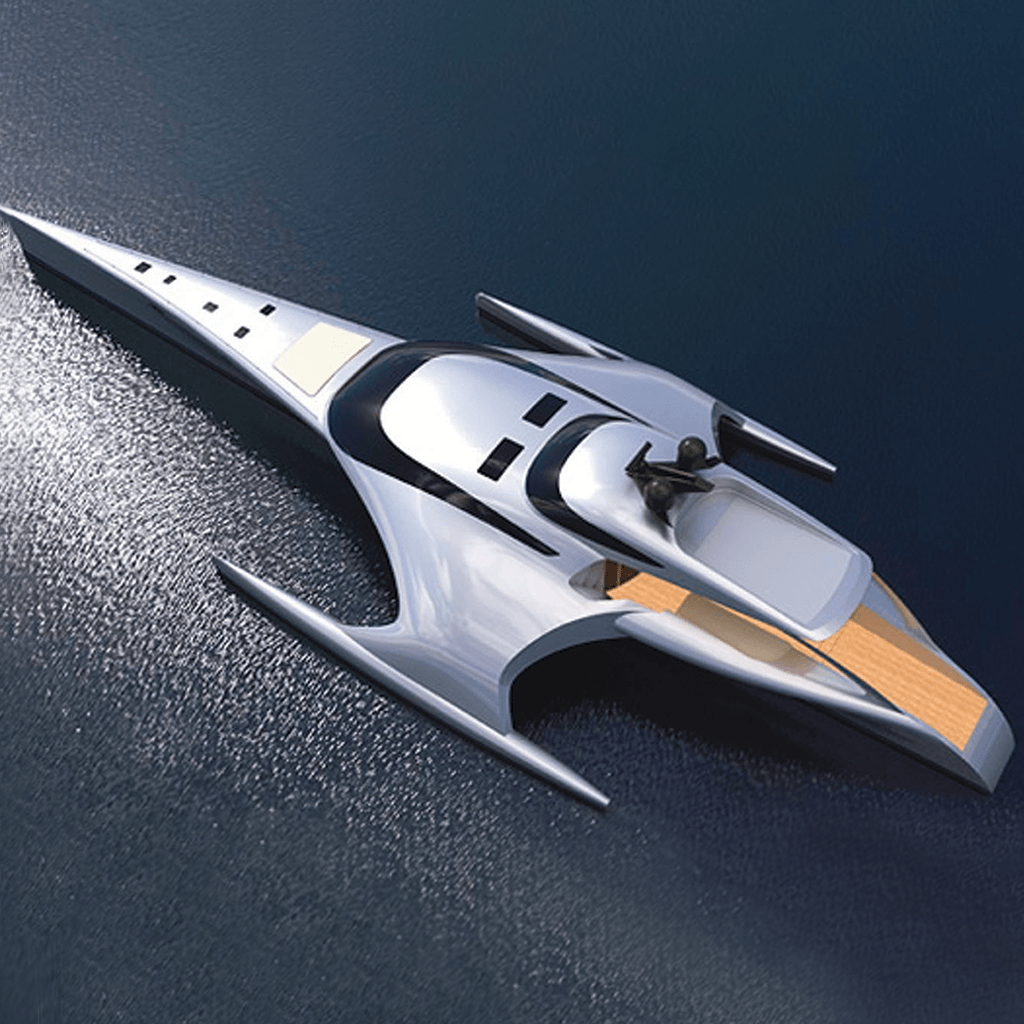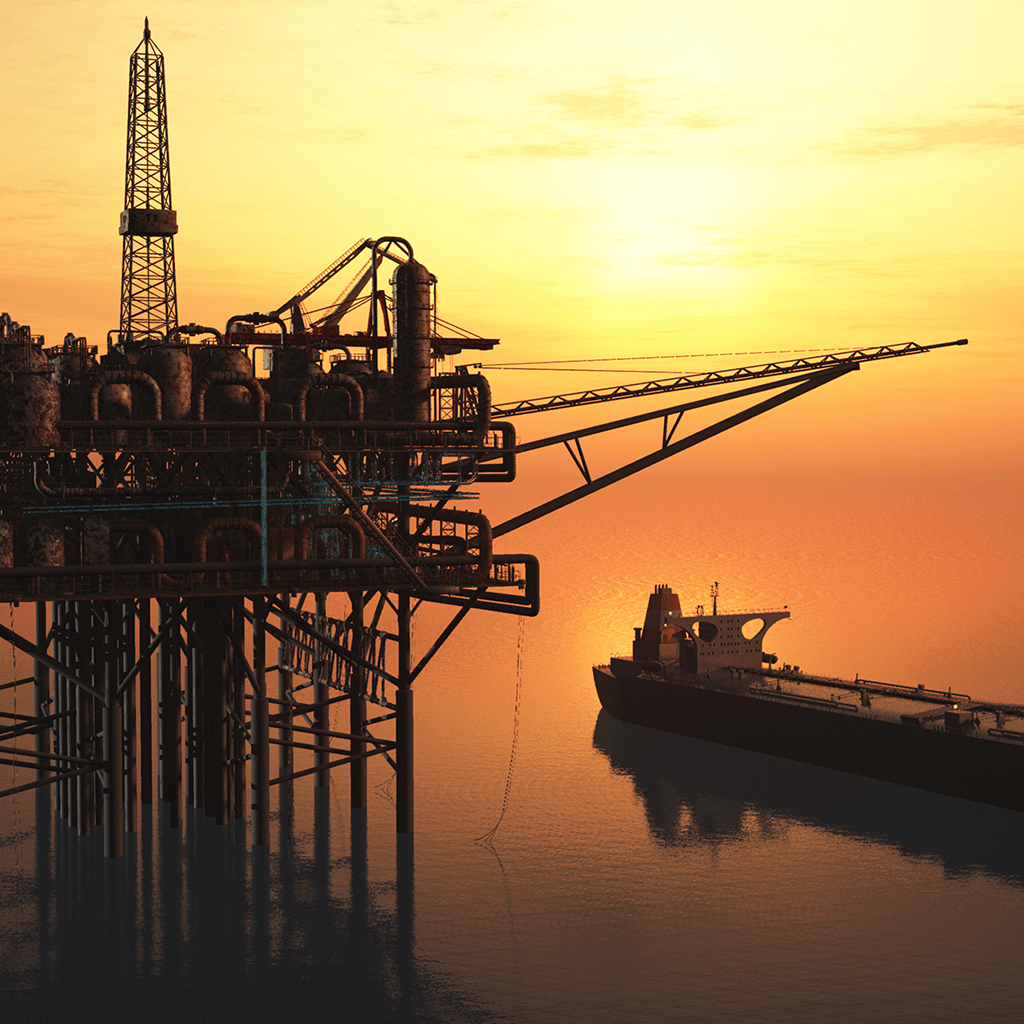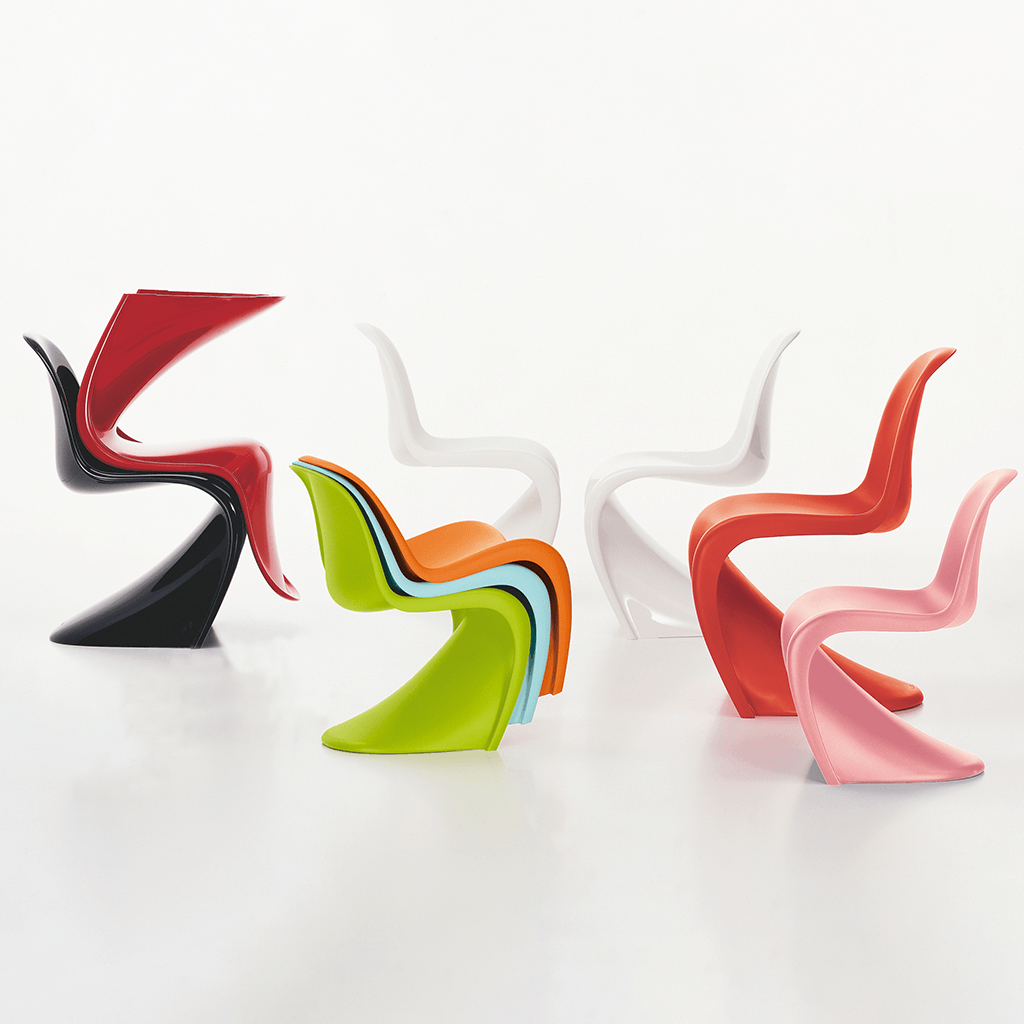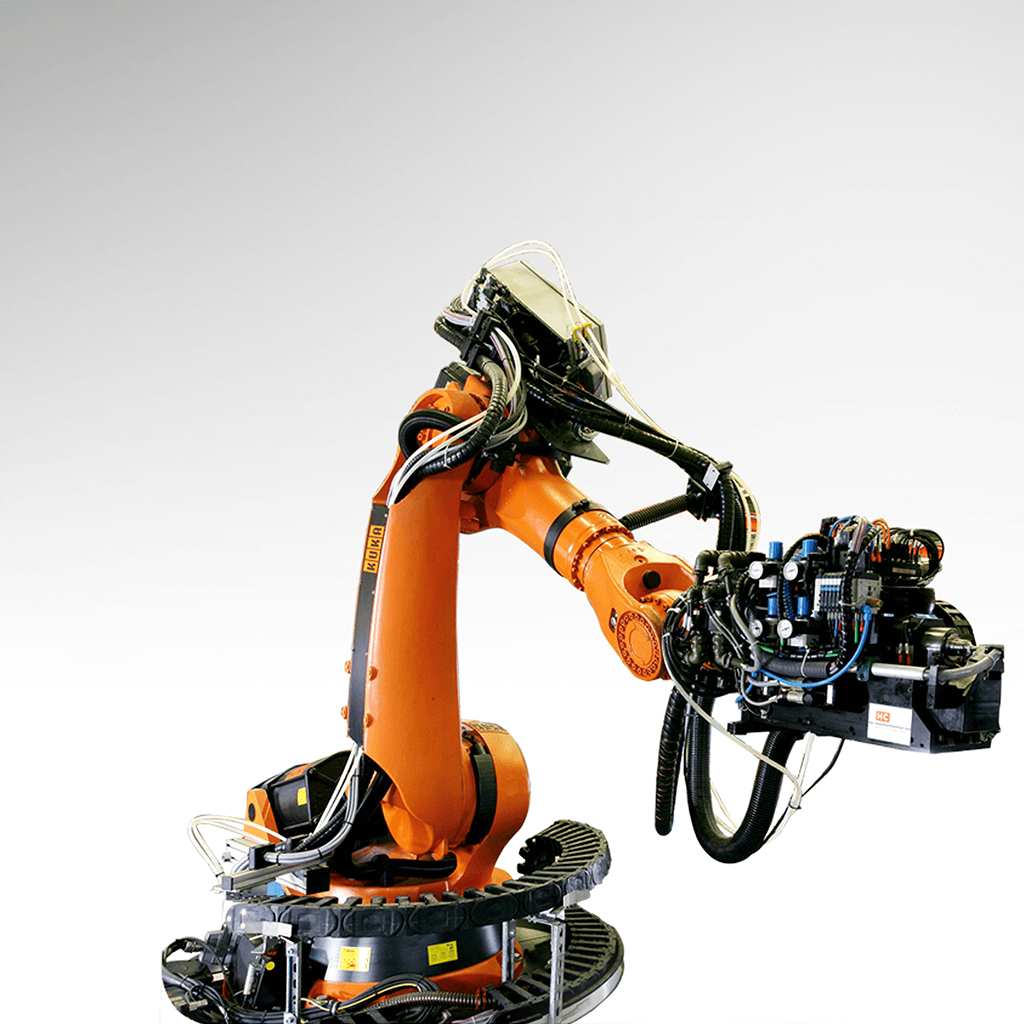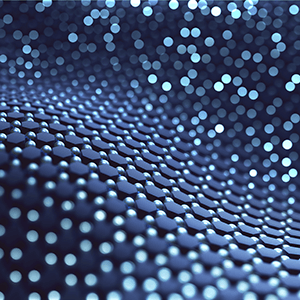Fibre-reinforced composite 3D printing with Raise3D RMF500 and E2CF 3D printers
Raise3D, the flexible manufacturing solutions provider, presents recent developments and innovations in fibre-reinforced composite 3D printing through its solutions: RMF500 and E2CF.

Fibre-reinforced thermoplastic 3D printing is swiftly advancing in industrial manufacturing. These materials offer cost-efficient solutions, boasting lightweight yet robust properties, making them ideal for high-performance industrial applications. By merging the versatility of thermoplastics with the mechanical strength of high-quality fibres, the world of composite materials continues to evolve, offering greater cost-efficiency, enhanced performance, and innovative manufacturing possibilities.
Raise3D has long recognized the potential and future applications of fibre-reinforced thermoplastics. In 2021, we introduced two 3D printing solutions designed explicitly for carbon fibre-reinforced parts production: the industrial-grade RMF500 and the professional grade desktop 3D printer, the E2CF. These offerings cater to a broad spectrum of needs within additive manufacturing.
Since the launch of these products, the Raise3D team has been on a journey, listening to the invaluable feedback of our customers and partners. Today, Raise3D is thrilled to announce that many eagerly awaited updates have been incorporated into these solutions, further enhancing their capabilities and versatility. Key Updates, include:
Hyper FFF technology for RMF500
Thanks to our Hyper FFF technology, Raise3D is proud to introduce high-speed printing to their industrial-range solution, the RMF500. We’ve addressed the challenges associated with high-speed printing of composite materials by delving into the world of chemistry and material science. The team has developed a distinct solution in which most of the fibres flow within the nozzle’s core-area, optimizing heat conduction, interlayer bonding and nozzle-abrasion behaviours.
- “Fibres has not only unlocked enhanced performance but also presented challenges in high-speed FFF 3D printing. The key to overcoming these challenges lies in our deep understanding of fibre distribution and flow behavior, which we have successfully achieved. As we move forward, we will release an expanding range of Hyper Core filaments, featuring varying fibre content and polymer matrices, further pushing the boundaries of 3D printing.” says Dr. Minde Jin (Ph.D.), Director of Materials and Applications at Raise3D.
An open platform for innovation
Raise3D’s strategic focus remains on production excellence. We are committed to delivering precision and reliability through advanced materials, hardware, and software optimization. However, we also value innovation. For this reason, both the E2CF and RMF500 now feature an open material platform. This strategic move empowers our customers to explore new possibilities in additive manufacturing while maintaining our commitment to production standards.
RMF500 – A large volume industrial-grade hyper FFF 3D printer built for uninterrupted productivity: The RMF500 introduces a vast build volume of 500 x 500 x 500 mm. Its sturdy mechanical structure ensures precision and reliability. With a maximum linear speed of 500 mm/s and an acceleration capability of 15,000 mm/s², this printer sets a new benchmark for speed and efficiency in the industry. Achieving volume speeds of 35mm³/s, the RMF500 delivers rapid results. It is equipped with IDEX (Independent Dual Extruders), enabling it to double the productivity and versatility in multi-material printing. The 4 x 2.5 kg filament system ensures continuous printing without interruptions. Plus, its built-in filament drying seal bags guarantee optimal material conditions. The RMF500 also includes the innovative 2-in-1 automatic filament switching designed to keep your creative flow uninterrupted.
E2CF – A professional grade desktop 3D printer for fibre-reinforced composite: The E2CF combines precision and reliability within a compact footprint, boasting a build volume of 330 × 240 × 240 mm. It also features IDEX and a double-gear extrusion system built with hardened components and silicon carbide nozzles, being specifically optimized to handle the increased wear that occurs when printing with fibre-reinforced filaments. To ensure a stable printing process, the E2CF is equipped with two standalone sealed dry boxes developed by Raise3D. These dry boxes effectively combat the high water-absorption tendencies of nylon and fibre-reinforced filaments, guaranteeing consistent, high-quality prints.


